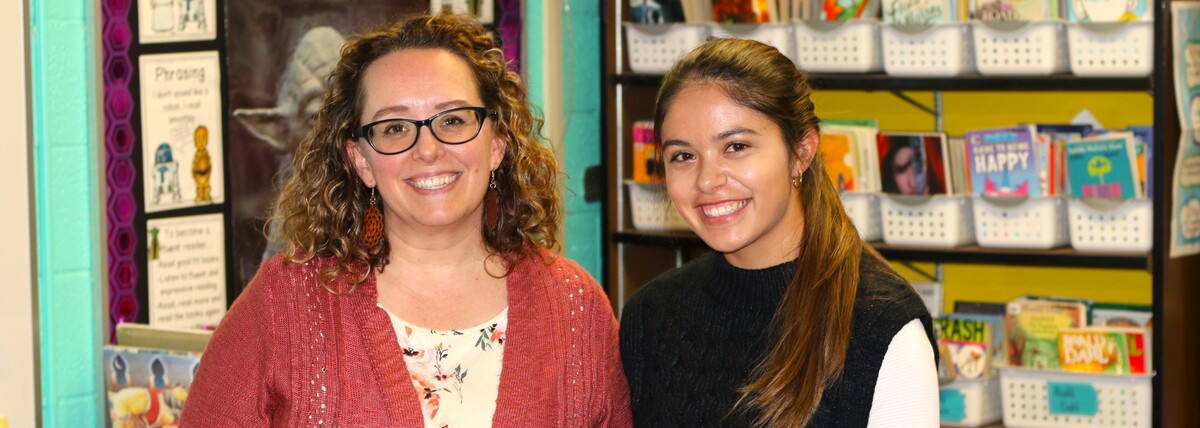It was a robot party on a fall Friday afternoon in Jennifer Dewald’s third-grade classroom at Shawmut Hills Elementary.
The robots, in this case, were little devices known as Ozobots, and the party was a chance for Dewald’s 19 students to play with them but also test their observational skills and later do some robot programming.
After having the students partner up, Dewald handed each team one of the small bots (they’re about the size of a golf ball) and a colored track that the bots could follow.
Around the room what soon followed was a chorus of oohs and aahs as the little bots that could chugged around their cardboard courses.
But, along with the wonder, learning was happening too.
With some encouragement from Dewald and student teacher Ashley Downey, a Grand Valley senior, the class began to make astute observations about what seemed to be random robot behavior.
After a time, Dewald called her students to attention.
“Hey class,” she said in a friendly but firm tone.
“Hey yes,” came the immediate response.
“Hands and eyes,” Dewald continued. “Let’s talk about what we saw.”
Immediately came a series of observations about the robots, their lights, the paths they could choose, what colors might make the robots go faster and much more.
Dewald beamed.
“You guys did a fantastic job,” she said. “You found out almost all of the codes, and I think you’re ready to write your own codes.”
Dewald explained that, as the students had observed, the Ozobots use sensors to follow lines and different colors tell them different commands.
Some markers and some white scrap paper were all that were needed for the students to create their own tracks for the bots to follow, and soon enough the classroom was a beehive of colorful coding.
Later Dewald, in her 16th year with GRPS and seventh year at Shawmut Hills, talked about the pedagogy that the robot party was based on.
“It's really important to establish a class culture where struggle and failure are okay and even the norm,” she said. “Third grade is difficult, but peer and independent learning is proven to establish independence, confidence and a richer understanding than if an adult had explained and given the answers.”
Dewald added that the little discoveries that come during a one-hour robot party are contagious.
“Their excitement, pride and ownership of their learning turns into motivation,” she said. “They get hooked on that feeling, and when they have that, I don't have to push them to learn, I get to lead.”
The reward of a robot party is also important to what Dewald tries to do with her third-grade STEM (Science, Technology, Engineering and Math) teaching. Students have to work together to earn enough class points with every 1,000 points leading to a celebration of some sort.
Students earn their own points for taking and completing homework, effort in class, academic risk taking, participating, helping others, staying on task, teamwork, kindness and more. At the same time, table teams and the whole class can earn points together.
“Now I have them working for their own growth and as a whole unit,” Dewald said. “My classroom community is stronger, and the management is easier because they help each other regulate their behavior.”
The robot party, Dewald said, is just one of a number of fun events she has planned for the 2022-23 school year. Next spring will even bring a special May 4 party in honor of Star Wars (“may the fourth be with you”).
“Yes, my classroom is Star Wars-themed and yes, I'm a total nerd,” Dewald said with a smile.
But it’s nerdom with a purpose, according to Dewald, and the time spent in imaginary worlds like the Star Wars universe is grounded in a real-life focus on making this world a better place.
“Shawmut Hills is a wonderful school with a dedicated and talented staff,” she said. “Our work with place-based education on our beautiful grounds is helping our scholars and staff better understand the world around us and take an active interest in our community.”
-
 Click to see a larger version
Shawmut Hills third-grade teacher Jennifer Dewald gives a student an Ozobot ahead of a Friday-afternoon robot party
Skip to end of gallery
Skip to start of gallery
Click to see a larger version
Shawmut Hills third-grade teacher Jennifer Dewald gives a student an Ozobot ahead of a Friday-afternoon robot party
Skip to end of gallery
Skip to start of gallery
-
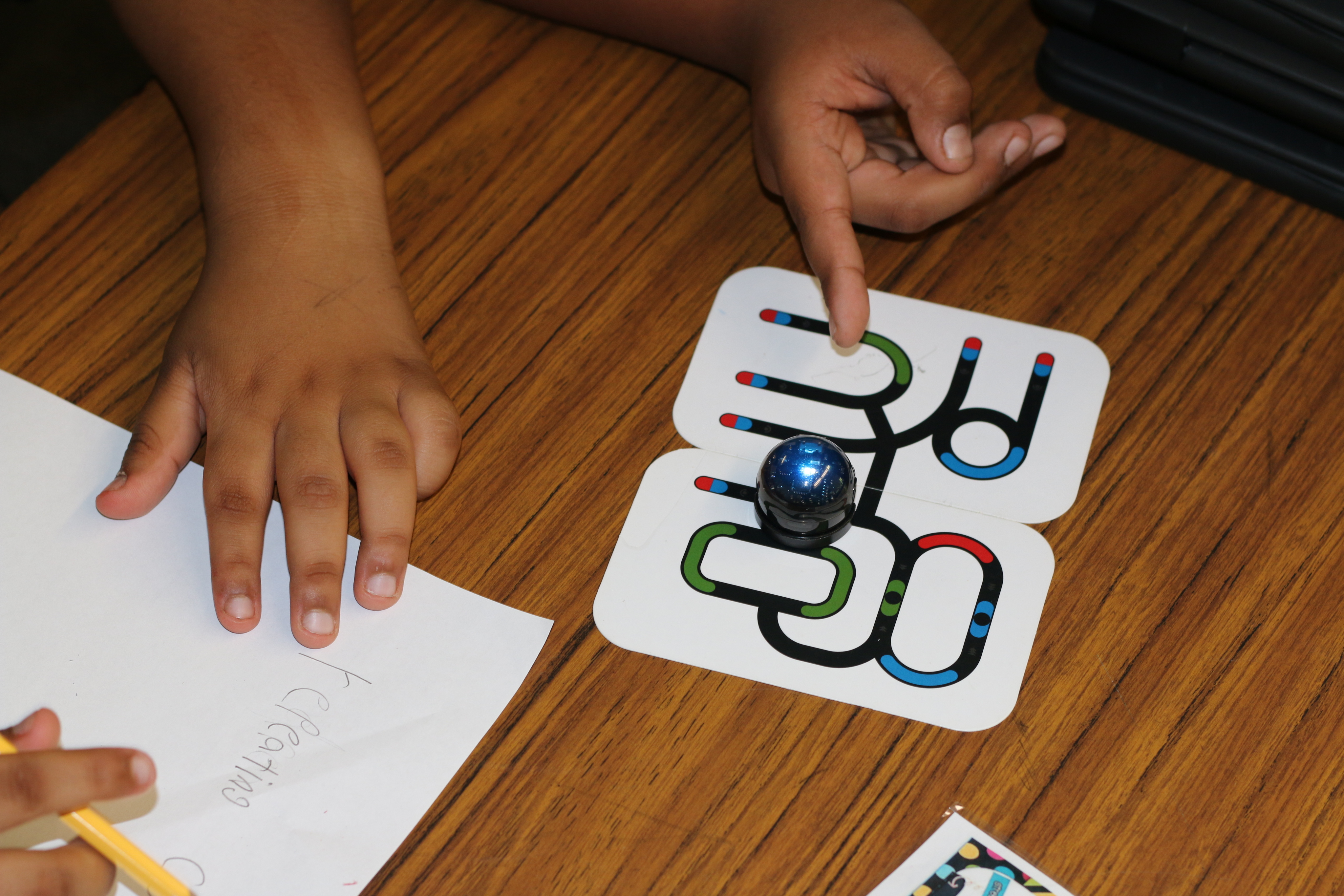 Click to see a larger version
The Ozobots follow a color-coded cardboard track
Skip to end of gallery
Skip to start of gallery
Click to see a larger version
The Ozobots follow a color-coded cardboard track
Skip to end of gallery
Skip to start of gallery
-
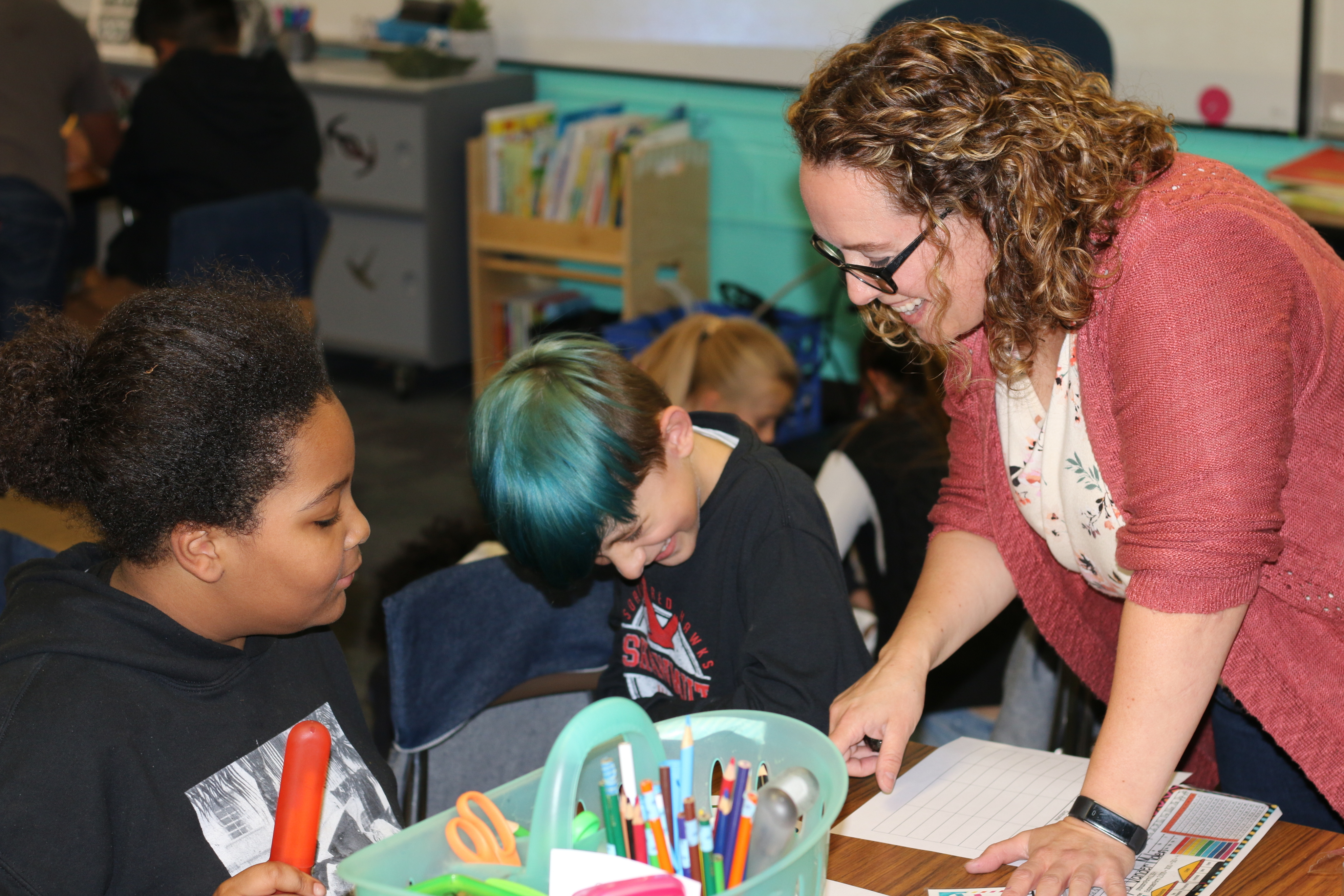 Click to see a larger version
Shawmut Hills third-grade teacher Jennifer Dewald shares a laugh with students during a robot party
Skip to end of gallery
Skip to start of gallery
Click to see a larger version
Shawmut Hills third-grade teacher Jennifer Dewald shares a laugh with students during a robot party
Skip to end of gallery
Skip to start of gallery
-
 Click to see a larger version
Students at Shawmut Hills write down their observations of the Ozobots
Skip to end of gallery
Skip to start of gallery
Click to see a larger version
Students at Shawmut Hills write down their observations of the Ozobots
Skip to end of gallery
Skip to start of gallery
-
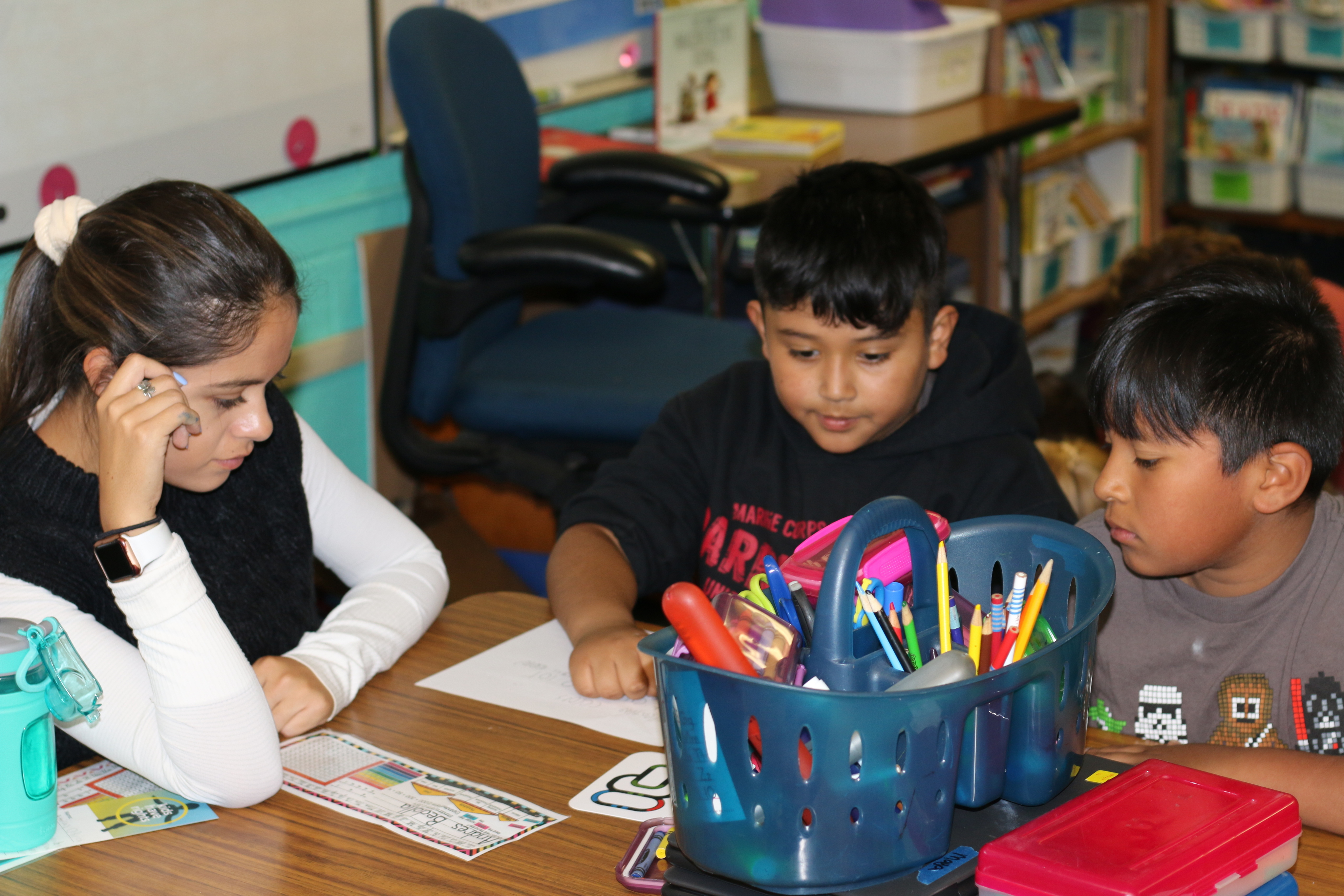 Click to see a larger version
Student teacher Ashley Downey of Grand Valley State University, left, works with Shawmut Hills students during the robot party
Skip to end of gallery
Skip to start of gallery
Click to see a larger version
Student teacher Ashley Downey of Grand Valley State University, left, works with Shawmut Hills students during the robot party
Skip to end of gallery
Skip to start of gallery
-
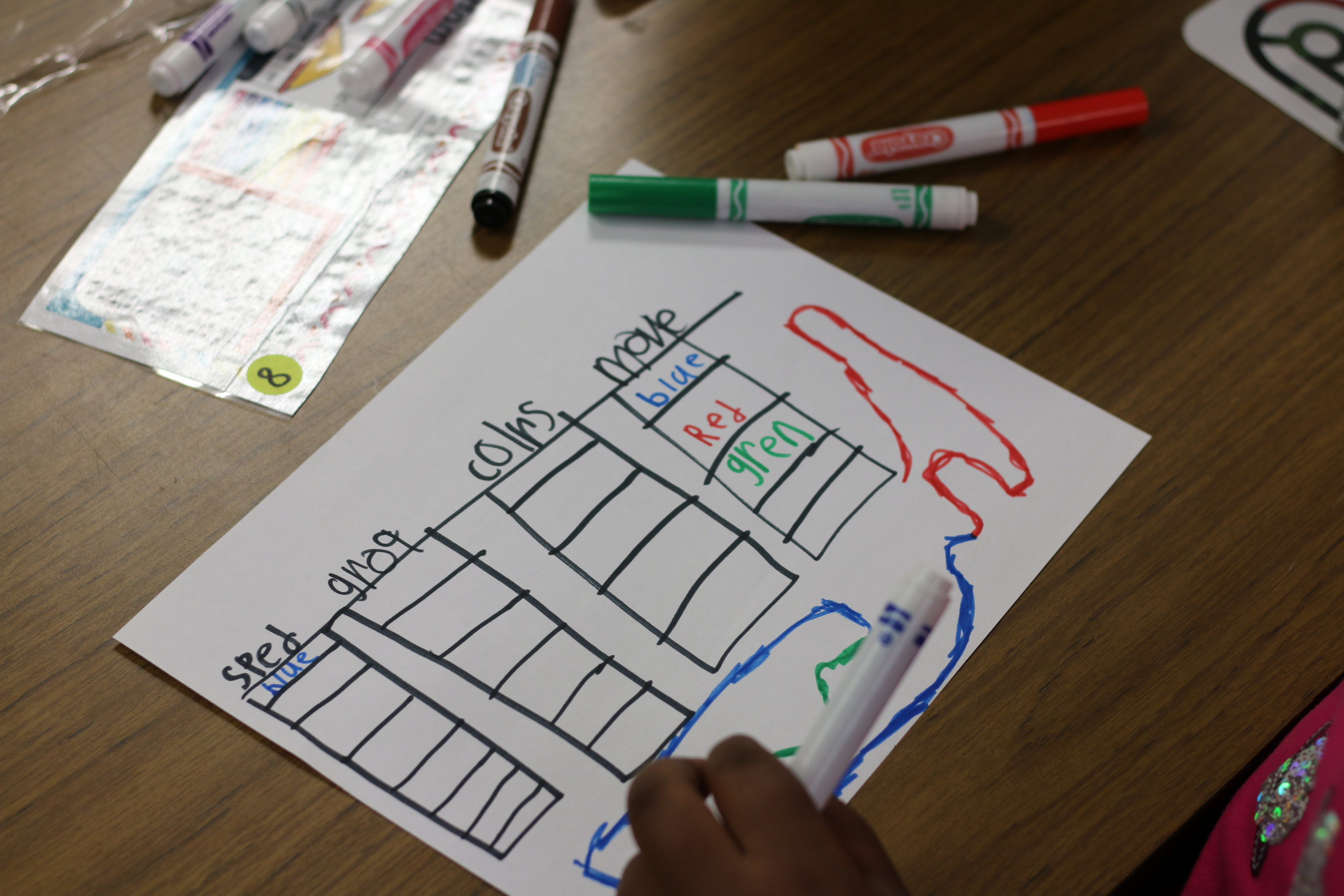 Click to see a larger version
Student observations of the Ozobots
Skip to end of gallery
Skip to start of gallery
Click to see a larger version
Student observations of the Ozobots
Skip to end of gallery
Skip to start of gallery
-
 Click to see a larger version
Shawmut Hills third-grade teacher Jennifer Dewald, left, and student teacher and Grand Valley student Ashley Downey
Skip to end of gallery
Skip to start of gallery
Click to see a larger version
Shawmut Hills third-grade teacher Jennifer Dewald, left, and student teacher and Grand Valley student Ashley Downey
Skip to end of gallery
Skip to start of gallery
-
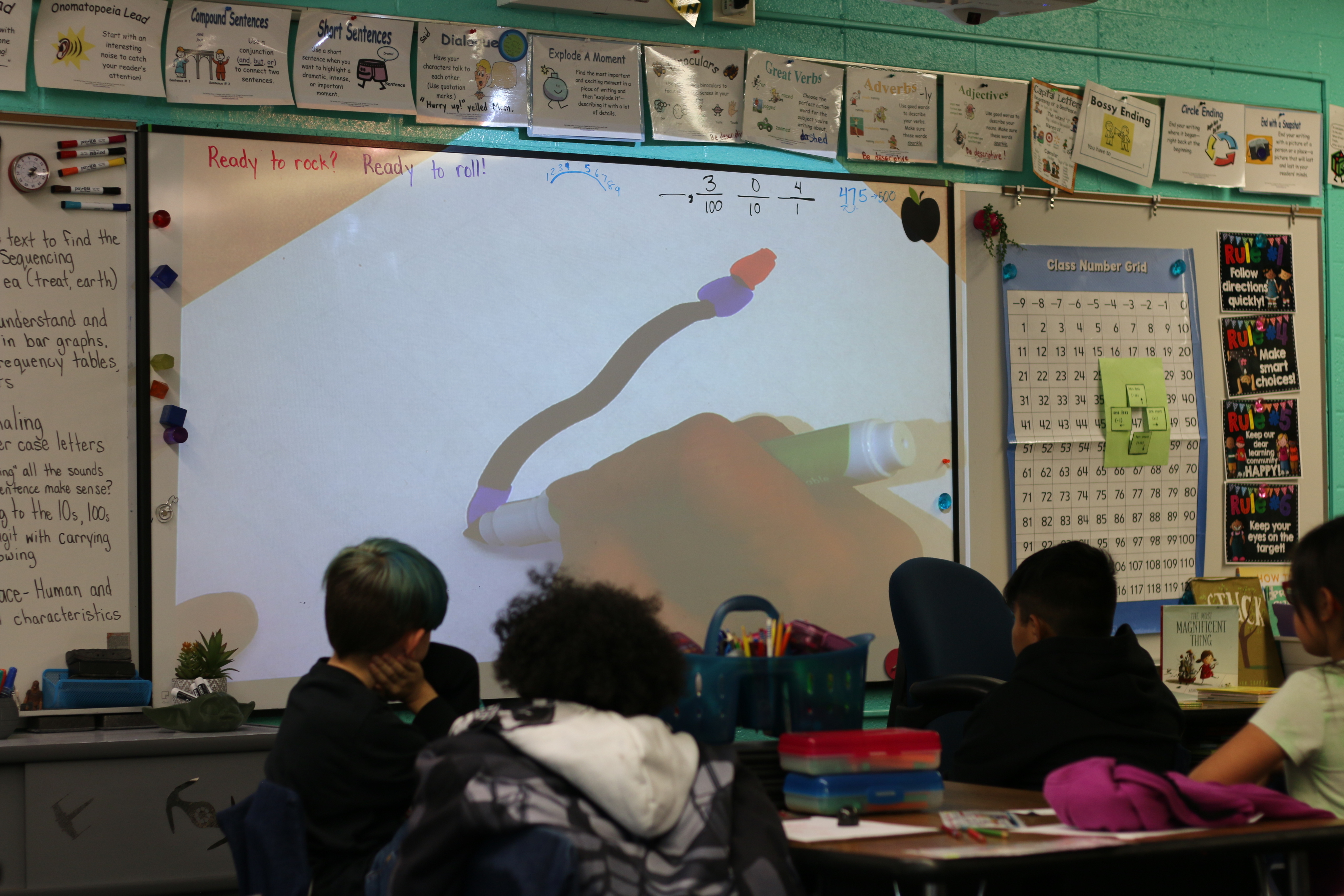 Click to see a larger version
Shawmut Hills third-grade teacher Jennifer Dewald demonstrates how to write Ozobot code
Skip to end of gallery
Skip to start of gallery
Click to see a larger version
Shawmut Hills third-grade teacher Jennifer Dewald demonstrates how to write Ozobot code
Skip to end of gallery
Skip to start of gallery
-
 Click to see a larger version
A student at Shawmut Hills works on her Ozobot code
Skip to end of gallery
Skip to start of gallery
Click to see a larger version
A student at Shawmut Hills works on her Ozobot code
Skip to end of gallery
Skip to start of gallery
-
 Click to see a larger version
A student at Shawmut Hills works on his Ozobot code
Skip to end of gallery
Skip to start of gallery
Click to see a larger version
A student at Shawmut Hills works on his Ozobot code
Skip to end of gallery
Skip to start of gallery
-
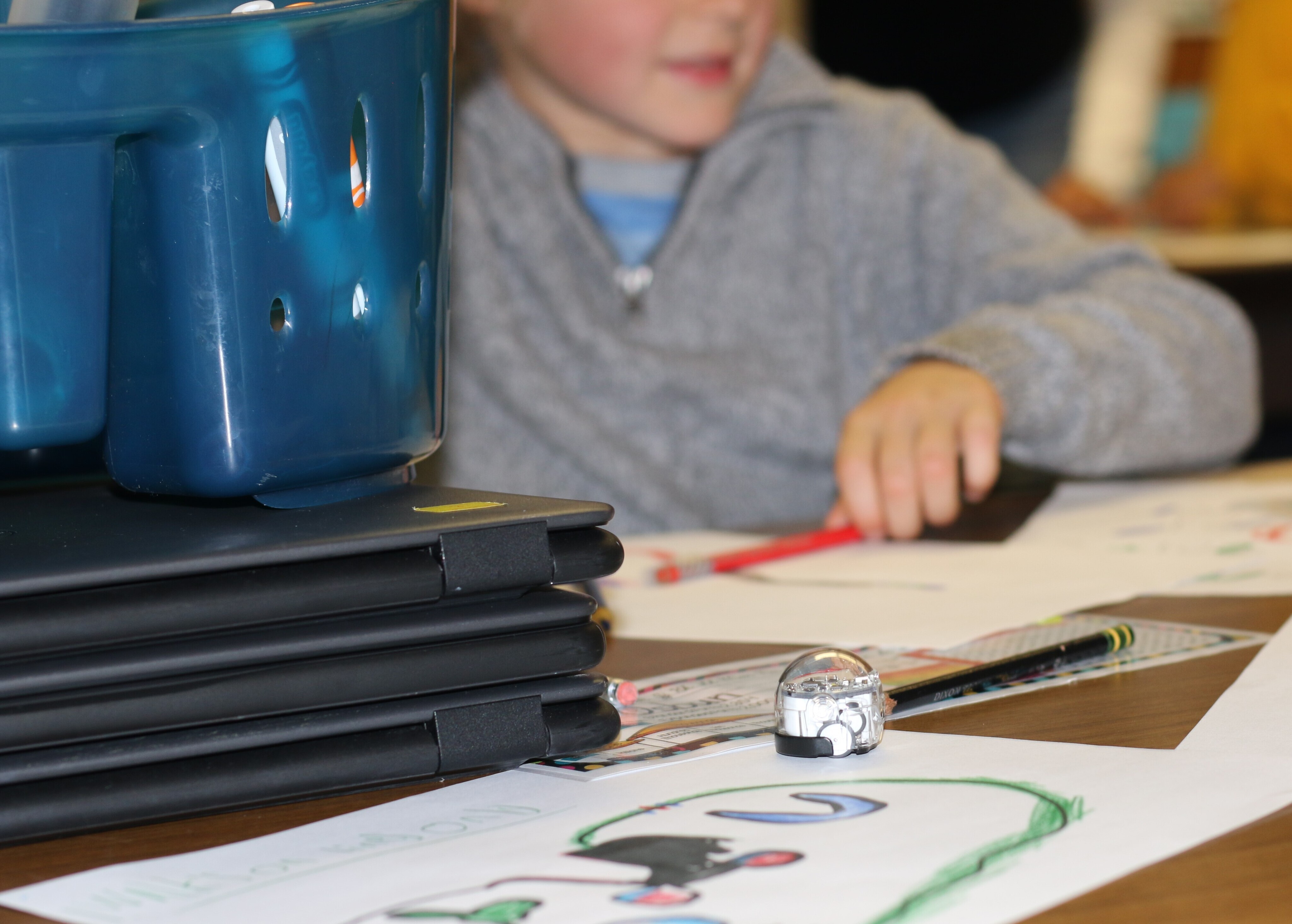 Click to see a larger version
An Ozobot ready to roll during the Shawmut Hills robot party
Skip to end of gallery
Skip to start of gallery
Click to see a larger version
An Ozobot ready to roll during the Shawmut Hills robot party
Skip to end of gallery
Skip to start of gallery
-
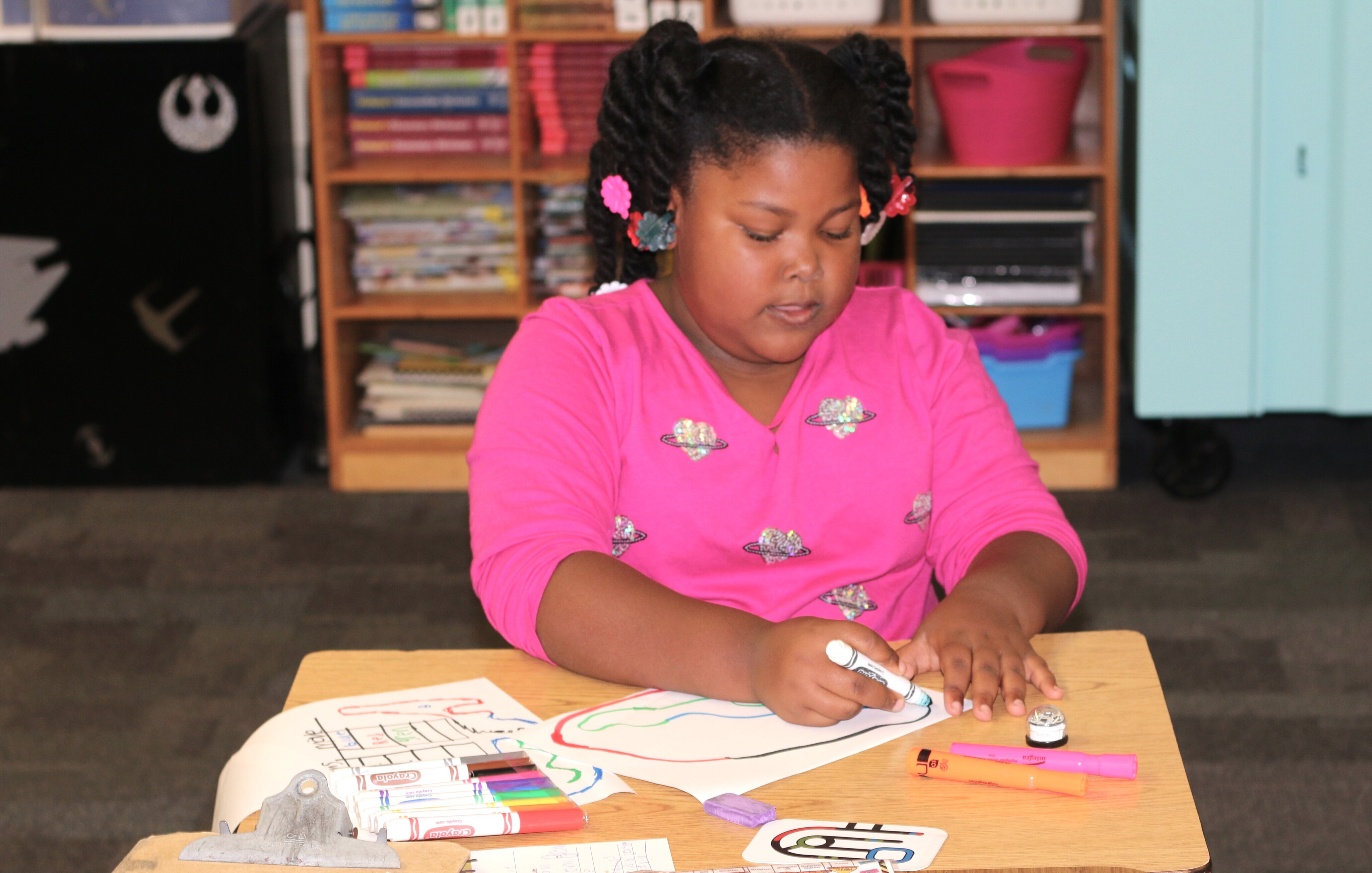 Click to see a larger version
A student at Shawmut Hills works on her Ozobot code
Skip to end of gallery
Skip to start of gallery
Click to see a larger version
A student at Shawmut Hills works on her Ozobot code
Skip to end of gallery
Skip to start of gallery

